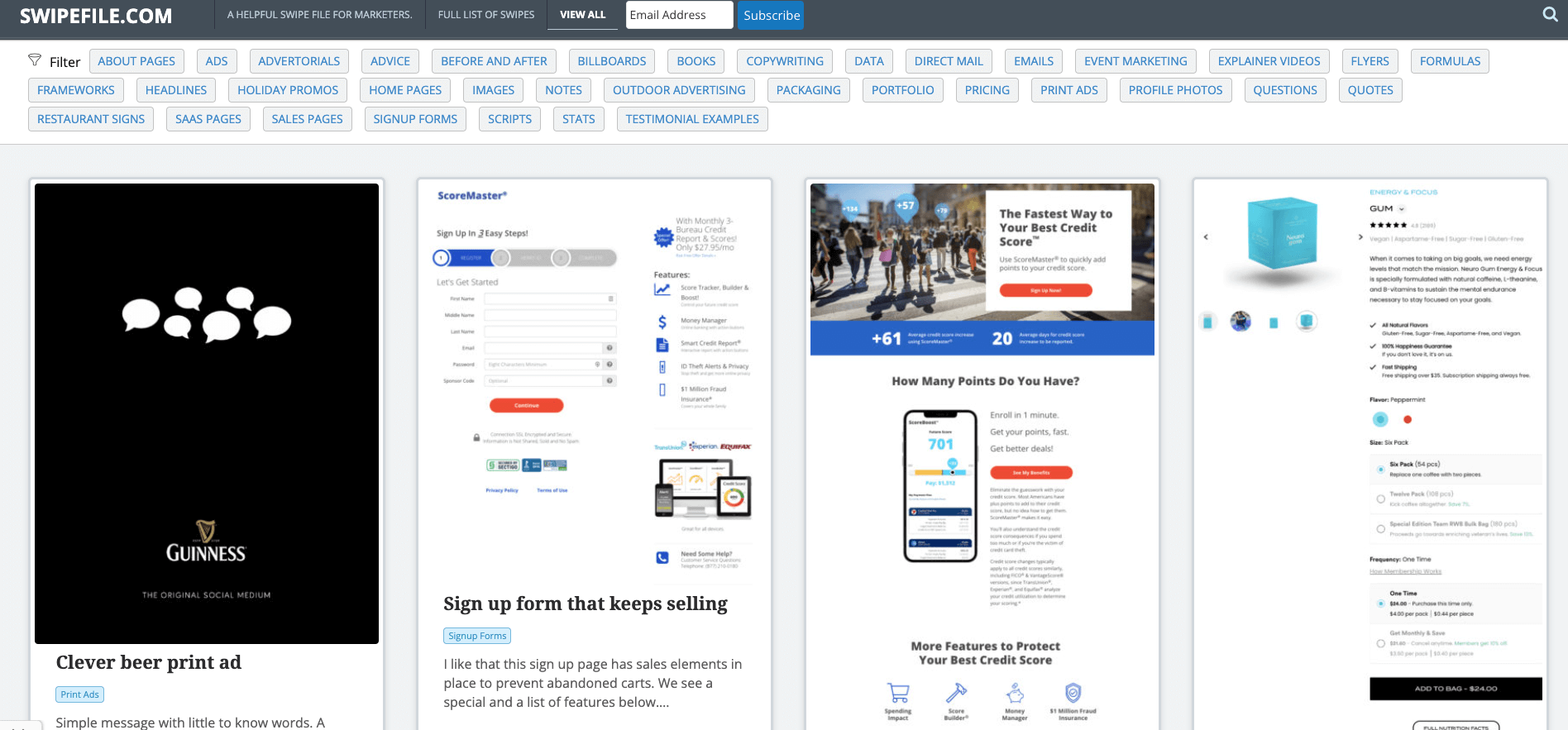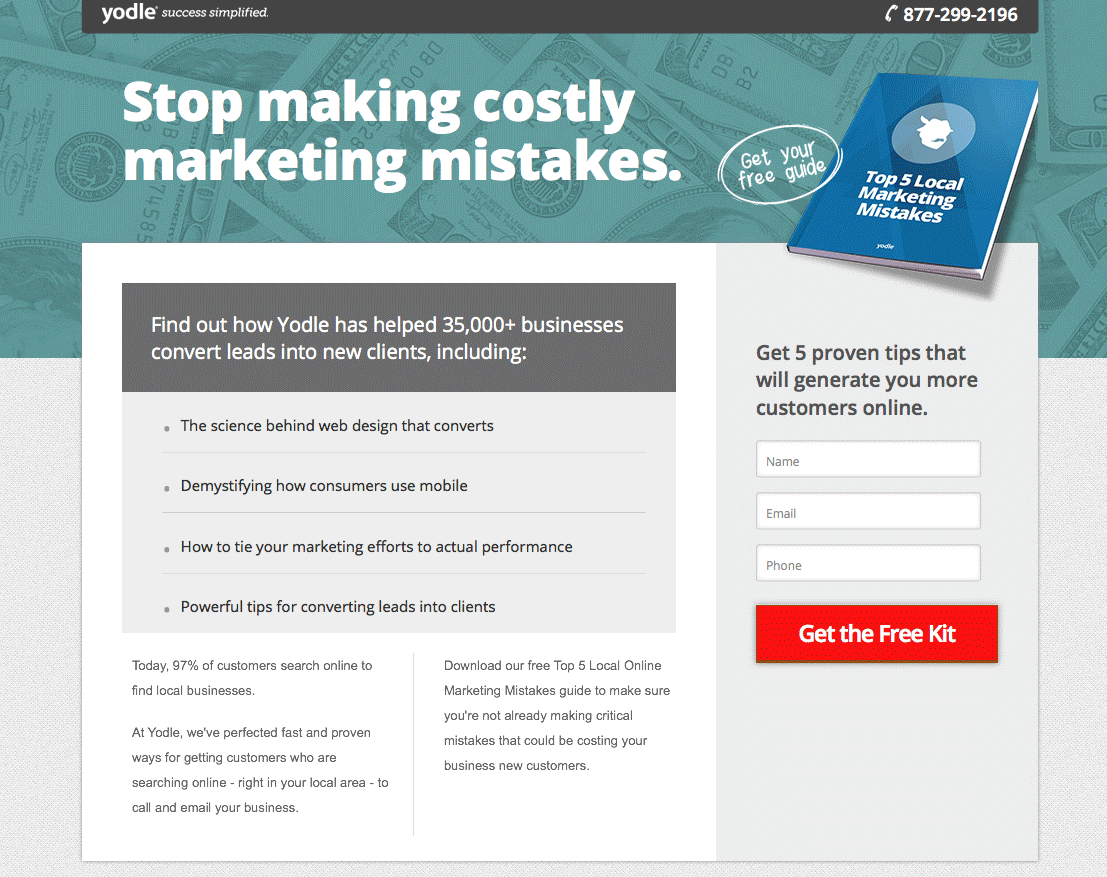Copywriting is one of the most important skills any business can have.
After all, if you can’t write persuasive copy, you won’t be able to sell your products or services!
On the flip side, writing great sales copy can be a mission.
That’s why I’ve compiled 10 of my copywriting best practices to help you save time and write better.
Check them out!
1. Use formulas to save time
One of the best ways to improve your copywriting skills is to use formulas. This will help you save time and produce better-quality copy.

There are a number of different formulas that you can use, but one of the most popular is AIDA. AIDA stands for Attention, Interest, Desire, and Action. By using this formula, you can ensure that your sales message covers all of the necessary bases.
Another helpful formula is PAS, which stands for Problem, Agitation, and Solution. This formula helps you structure your sales message in a way that will address the reader’s pain points and offer them a solution.
If you can master these two formulas, you’ll be well on your way to becoming a successful copywriter.
I’ve written for some of the biggest brands in the world, and you know what? Formulas are a big chunk of writing great sales copy.
2. Swipe competitors to get inspiration
When you’re feeling stuck, it can be helpful to look at what your competitors are doing. This doesn’t mean that you should copy their exact sales message but rather use it as inspiration for your own unique message.
After all, they’ve likely done their research and have a good understanding of what works and what doesn’t. It’s like Picasso said, “Good artists copy. Great artists steal.”
Swipefile.com is a great resource for this reason. You can look at all sorts of advertisements to get ideas for free.

One thing to keep in mind is that you shouldn’t swipe your competitor’s entire sales message. Instead, focus on specific elements such as the headlines, calls to action, or even the offer itself. By taking inspiration from other successful businesses, you can ensure that your own copy message is more effective.
3. Take advantage of templates
Just like copywriting formulas, templates can help you a ton too. You’ll write better copy in less time. It’s win-win.

A template, unlike a formula, is a format you can follow for the entire document you’re creating. For example, with email copywriting, this is a proven template I use:
- Question-focused subject line
- Personalized salutation
- Shocking statement
- Bullets
- CTA
- P.S.
I might use AIDA or PAS within the bullets for example, but this is the template that spans the entire email. You get my point.
4. Use calls to action to drive conversions
A call to action (CTA) is a statement or button that encourages the reader to take a specific action. For example, a CTA might say, “Click here to learn more” or “Download our free e-book.”
Placing calls to action within the middle of content or advertisements can have a 16.95% conversion rate.

They should be evenly dispersed all throughout whatever you’re writing. I.e. above the fold, in the middle of the page, and near the end.
Your CTA should also be clear, concise, and easy to understand. It should also be relevant to the rest of your sales message. For example, if you’re selling a product that helps people lose weight, your CTA might say, “Click here to learn more about our weight loss program.”
5. Target your customer’s pain points
People purchase products and services primarily for one reason: to avoid or resolve a current or future problem. As a copywriter, it’s your job to identify the reader’s pain points and address them directly in your sales message. This makes people connect with your copy and feel their emotions more deeply. You tie in your product, and voila! It’s the perfect recipe for someone converting.
For example, check out this landing page for a free guide on local marketing.

The headline targets the prospect’s pain point around wasting money on marketing mistakes. The bullets also mention demystifying how consumers use mobile, and the text below that repeats that marketing mistakes can “be costing your business new customers.”
This pushes the reader to download the free report so they don’t waste any further money on strategies that don’t work.
6. Make your sales copy emotional
Purchasing something is very emotional. Even though we often justify our purchases with logic, most of the time, it is emotional or flat-out irrational. This is why you’ll see a lot of copy that’s designed to evoke certain emotions in the reader.
For example, if someone is selling a skincare product, they might use phrases like “feel younger again” or “get rid of those annoying pimples.” These are emotionally charged words that hook the reader.
In fact, A study done by F. Javier Otamendi and Dolores Lucia Sutil Martín concluded that the success of an advertisement is based on the customer’s unconscious emotional responses.
I also recommend following up on emotional statements with logic. Continuing with that skincare example, we could talk about the high-quality ingredients, extensive testing, and positive reviews the product has received to back it up.
That brings me to my next point.
7. Use storytelling to connect with your audience
Stories are a powerful way to connect with your audience on an emotional level. We’re all hardwired for stories, and they can be very effective in sales messages. After all, who doesn’t love a good story?
A well-written story can make people feel more connected to you and your product. It can also help them understand how your product can solve their specific problem. When done right, stories are an incredibly powerful tool for selling products and services.
Storytelling activates so many different parts of the brain, releasing chemicals like dopamine, cortisol, and oxytocin depending on how they’re told.

If you want to include a story in your sales message, make sure it’s relevant to the product or service you’re selling. It should also be interesting and engaging, so that people will actually want to read it. The “Heroes Journey” is a great strategy to use. This is a proven storytelling model that:
- Begins with the “hero” experiencing a challenge.
- They set out to overcome the obstacle.
- The “hero” comes back victorious.
Practically every major play, movie, or show has used this story technique. Keep an eye out for it and you’ll see what I mean!
8. Leverage social proof to build trust and authority
Most people won’t buy a product or service without seeing success stories, testimonials, or reviews. This is social proof, and it’s a powerful way to build trust and authority. Here’s a cool fact, too: 88% of consumers trust user reviews as much as personal recommendations.
When people see that others have succeeded with your product, they’re more likely to take the plunge and buy it themselves. This is especially true if the people who are leaving reviews or testimonials are similar to them in some way.
You can see a video testimonial at the top of this service page from a paid ads agency. The client in the video talks about how much success they’ve had by hiring the agency, creating social proof for potential prospects.

If you want to include social proof in your sales message, make sure it’s genuine and relevant. Don’t fake reviews or testimonials—this will only backfire on you in the long run. And make sure the social proof you include is from people who are similar to your target audience. This will make it more effective and persuasive.
9. Take a break when writing long-form copy
Writing copy is tough! I’ve been doing it for a decade, and I can tell you first-hand that you’ll get burnt out without taking breaks or achieving a proper work-life balance.
When you’re writing long-form copy, it’s important to take breaks now and then. Get up and walk around, grab a coffee, or take a quick nap. This will help you clear your head and come back refreshed. You’ll be able to produce better quality work this way.

It’s also important to have a good work-life balance in general. Don’t sacrifice your health or personal life for your business. It’s not worth it in the long run. Make sure you’re taking care of yourself both physically and mentally, or you won’t be able to produce your best work.
10. Get feedback from other writers and colleagues
Last but not least, get some feedback! Even some of the best writers in the world will miss mistakes or improve their copy by getting ideas from other people.
If you’re not sure how your copy is coming across, ask a colleague or friend to read it for you. They might be able to point out things that you missed. You can also hire a professional copywriter or editor to take a look at your work. This is especially helpful if you’re selling something complex, like financial services.
Getting feedback from others is an important part of the writing process, so don’t skip this step. It can make all the difference in the quality of your final product.
Wrapping up copywriting best practices
Copywriting is part art, part science.
If you don’t know best practices, you’ll find that writing sales copy is difficult and time-consuming.
With the right practices, however, it becomes fun, easy, and you generate better results.
Here are some of the copywriting best practices you need to keep in mind:
- Use formulas and templates.
- Snoop on what the competition is doing.
- Use strong calls to action.
- Tie in an emotional component.
- Target your customer’s pain points.
- Use stories to create a connection.
- Build trust through social proof.
- Take a break to be more productive.
- Get feedback to improve your writing.
Check out my copywriting courses to take your writing skills or freelance income to the next level.














